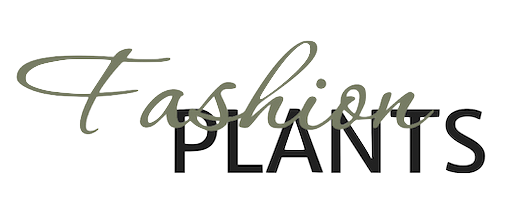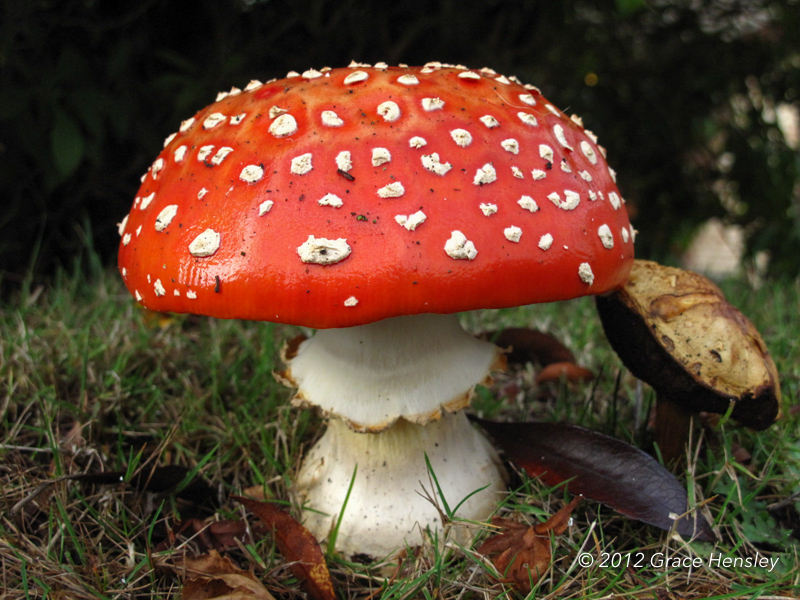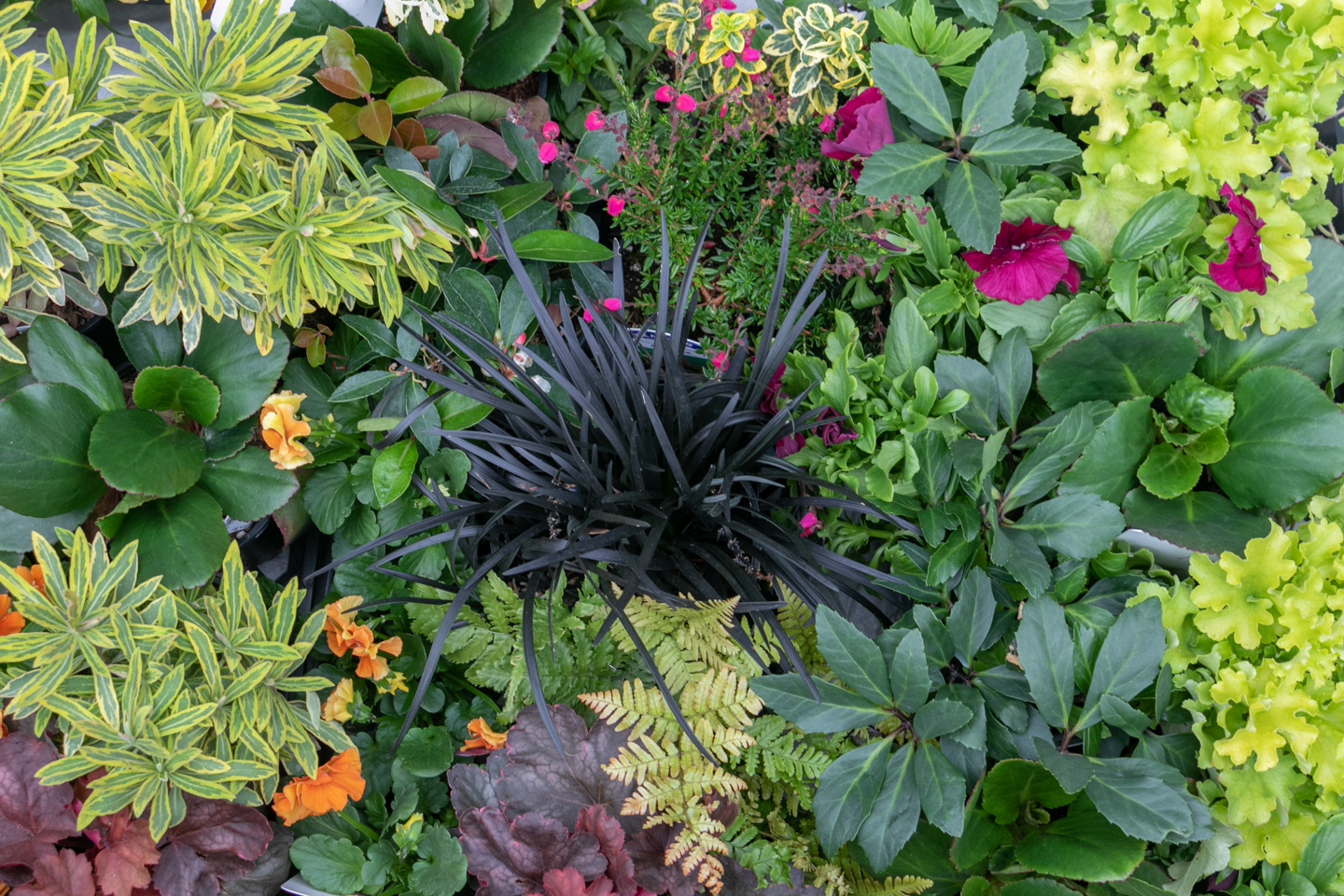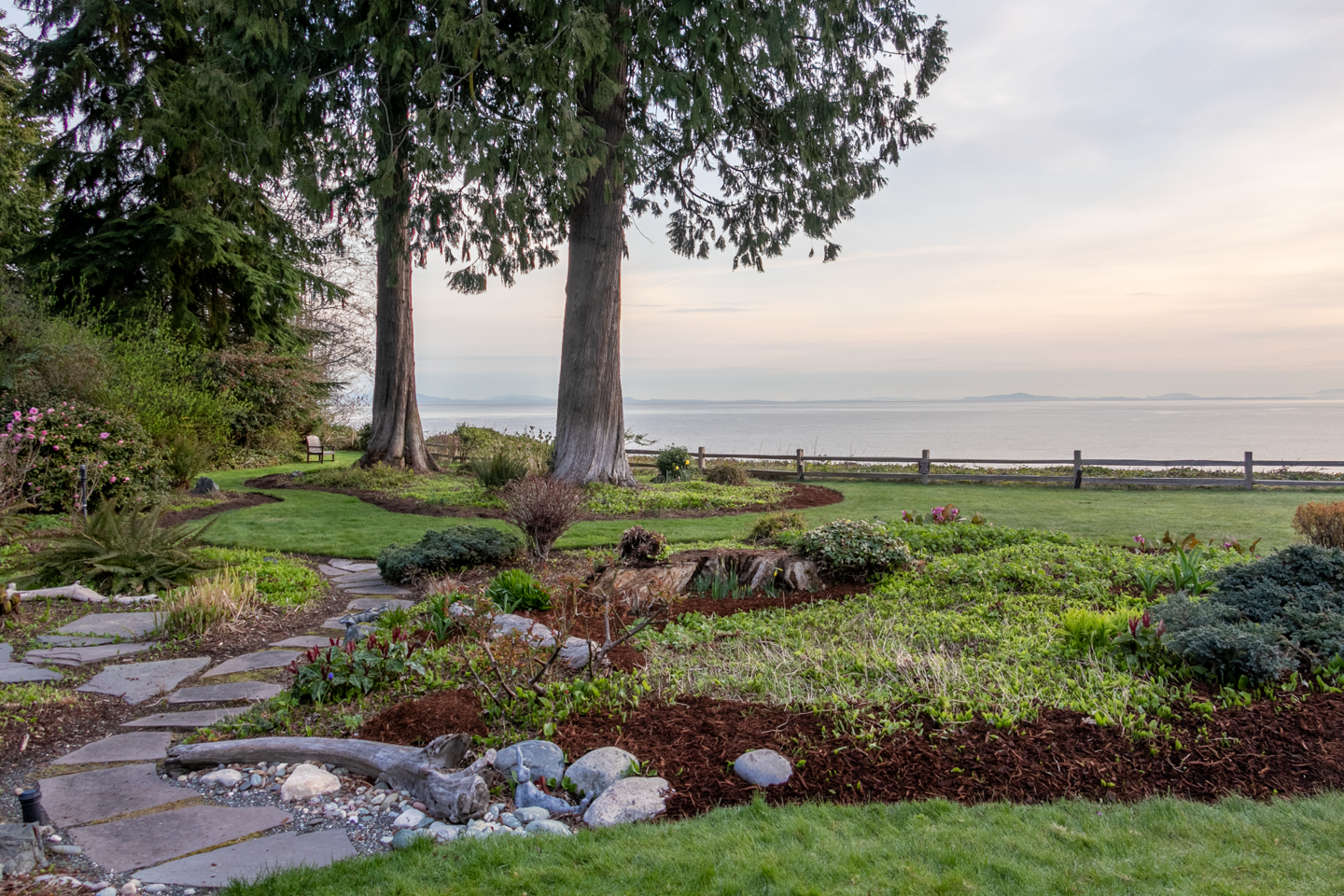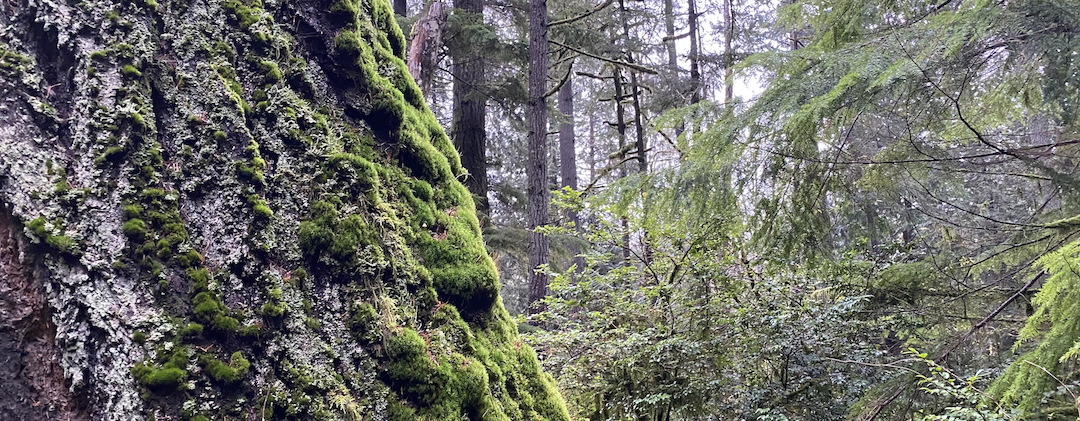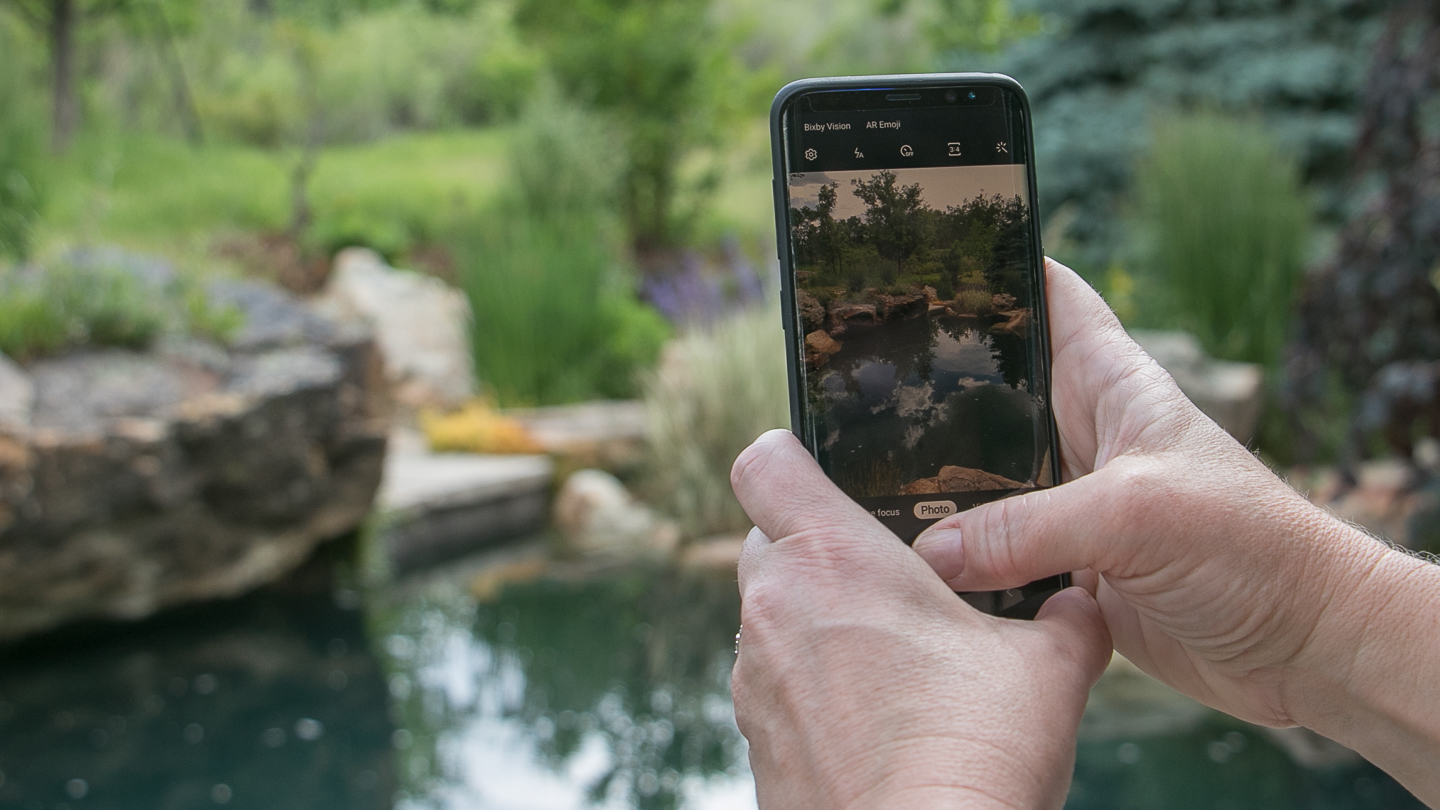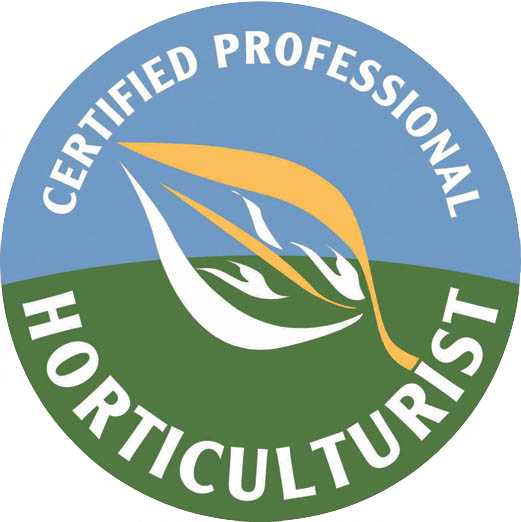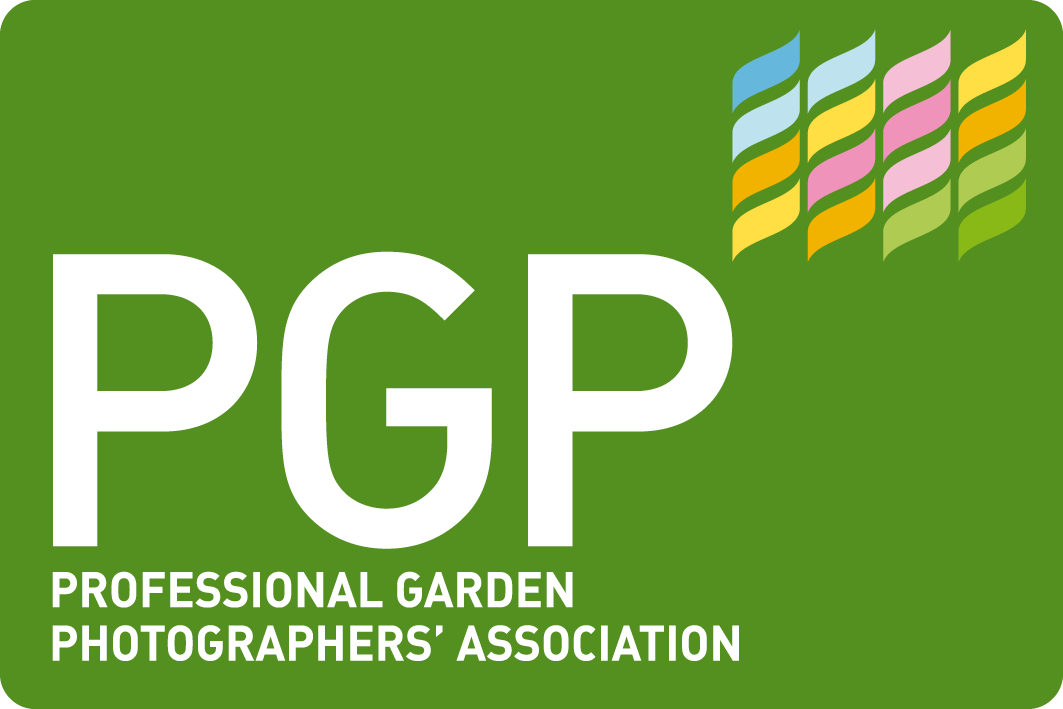It’s early dawn and the blue-grey cast of light illuminates the frosty lawn. Our children are quietly putting together their legos, delivered by Father Christmas and his blue-eyed reindeer. We’re pretty secular in our household, celebrating both winter solstice with candles and lantern walks and Christmas with an evergreen tree and presents. The kids hung stockings last night, making sure to set out carrots for the reindeer and a cold beer for Santa.
Brightly colored red and white wrapped presents placed under Christmas trees are thought to mimic the relationship between the Amanita muscaria mushroom and conifer forest. Even the idea that reindeer ‘fly’ is thought to have its origins in the consumption of the dried mushrooms, regularly practiced by Shamans in the Far East. As early as 1739 Georg Steller, visiting Siberia, noticed ‘drunk’ reindeer, which were known to seek out mushrooms under the snow.

Because of its vivid coloring, Amanita muscaria is easy to identify. First appearing in paintings during the Renaissance, they were depicted more widely during the Victorian era such as Lewis Carroll’s Alice’s Adventures in Wonderland.
Patrick Harding of Sheffield University points out that (Mordecai) Cooke was a friend of Charles Dodgson (Lewis Carroll), the author of the fantastic children’s story Alice’s Adventures in Wonderland (1865). “Almost certainly, this is the source of the episode in Alice where she eats the mushroom, where one side makes her grow very tall and the other very small,” Harding says. “This inability to judge size—macropsia—is one of the effects of fly agaric.” [Reference]
In 1976, ethnobotanist Jonathan Ott was the first person to connect the myth of Santa and his ‘flying reindeer’ with Amanita consumption. The BBC has an amusing video clip on this possibility.
Blooming, or more properly fruiting, in the fall the Amanita muscaria is easy to spot, and once you’ve trained your eyes, you might see the native Oregon species (Amanita muscaria var formosa) which is a yellowish-brown with matching spots. These specimens cropped up last year in my (non-gardening) neighbor’s yard, forming a tongue-twisting ectomycorrhizal (ek-toe-my-cro-rye-zal) relationship with their neglected pine trees.

Described by Linnaeus himself A. muscaria got its epithet from its use as an insecticide (Musca = fly), when crushed and placed in a saucer of milk. Scientists later identified the active insecticidal ingredient as ibotenic acid, which also causes brain lesions in mice. Other active ingredients include muscimol, and muscarine (trace amounts), which are the well-known psychoactive alkaloids that cause the sedative and hallucinogenic effects. These molecules are water soluble and thus the mushrooms can be eaten if correctly parboiled. Surprisingly, the hallucinogenic effects remain even after being processed by the body; drinking urine of someone who ingested Amanita can make you just as intoxicated, as reported by Lewis Carroll’s friend Mordecai Cooke in his 1862 book, ‘A Plain and easy Account of British Fungi’. Some related species are fully edible, yet others are deadly toxic.
There’s a credible write-up about eating Amanita on Hunter. Angler. Gardener. Cook., but it’s just not high on my list of things to try.
